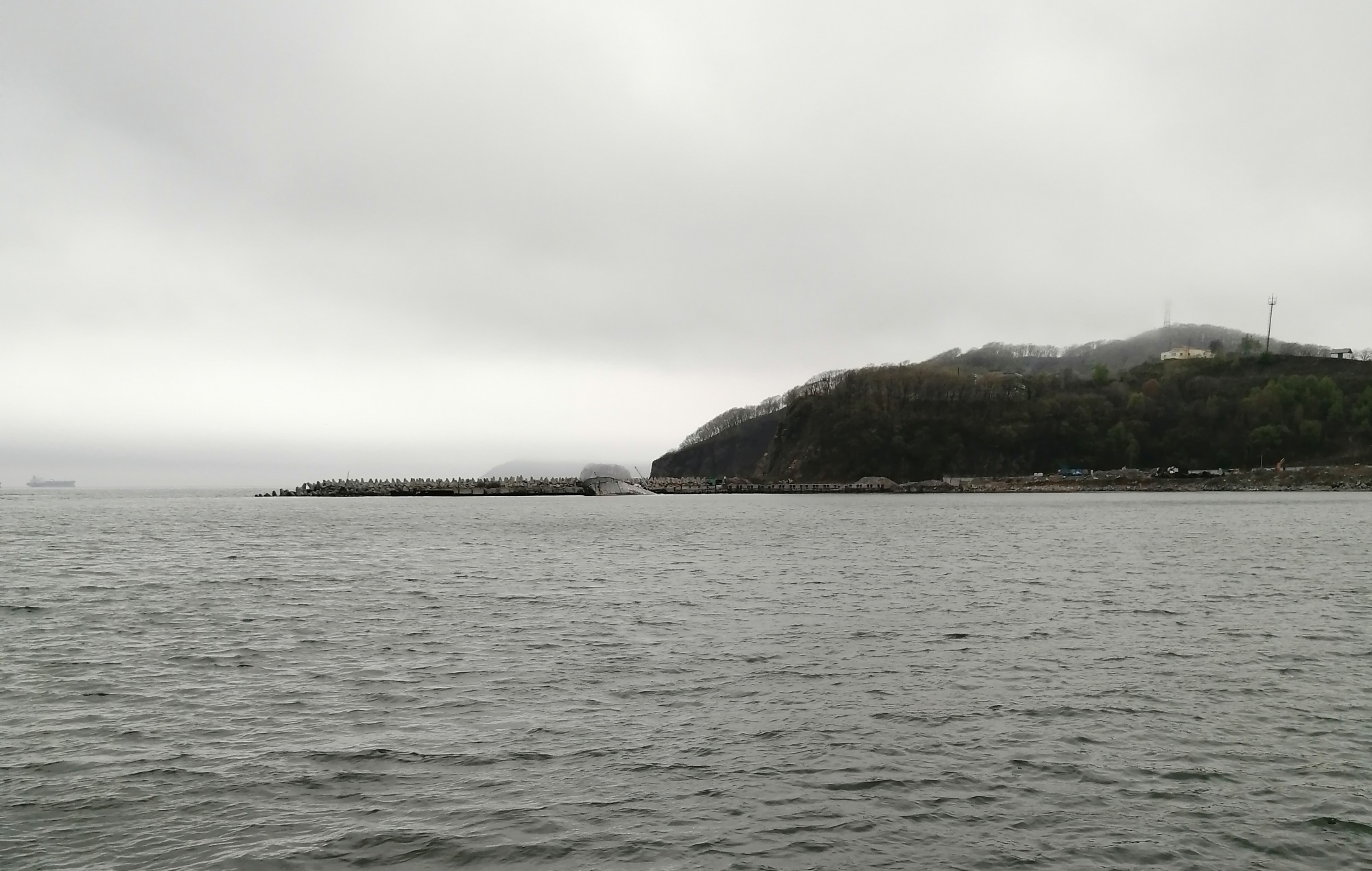
Hello everyone, this is Anton Kislyakov, head of installation and operation of wireless communication systems Orange Business Services in Russia and the CIS countries. Many articles about IT begin with an introduction like “I was sitting in the office, drinking coffee with a team lead, and we came up with an idea…”. But I would like to talk about working in the field, not in the office, and conditions that can be called extreme. IT is far from just office, papers and monitors.
I will tell you about two cases: the first is the installation of satellite communication systems in Siberia, at a temperature of minus 40 and closed supply routes. The second is the installation of satellite communications equipment on a ship in the port of Nakhodka under the strictest quarantine in case of COVID-19.
Project # 1. FOCL and satellite communications in Siberia
The essence of the project
Under the terms of one of the projects, in just 71 days from the date of signing the contract in the conditions of Siberian frosts, we committed to:
- Install nineteen client (1.8 m) and one nodal (3.8 m) antennas at the fields.
- To organize two new fiber-optic communication lines to the client in Irkutsk.
- Install Riverbed traffic optimization equipment on the channels.
How we did it
The antennas were quickly assembled by the company's employees in Irkutsk. But assembling the equipment is not even half the battle, it still needs to be delivered to the site, as well as installed. Delivery was difficult as the general road was closed for 2.5 months due to severe weather conditions. This is not force majeure, but a common situation in Siberia.
The equipment weight was 6 tons. All this was uploaded for shipment, after which we started looking for a delivery method. Moreover, the path was not short - not a hundred or two kilometers, but 2000 km along the northern road in one of the most unfavorable seasons for long-distance travel. Due to the closure of the general road, it was necessary to wait for the winter road. This is a road on ice, the thickness of which must be sufficient to support 6 tons of cargo and the weight of a vehicle. We could not wait, so we managed to find another way.
Thanks to the perseverance of the employees who were in charge of the order, it was possible to obtain a special pass for admission to a special road of one of the large oil producing enterprises. It was operated all year round, and led exactly where we needed to get.
At the time of shipment, the network infrastructure was almost ready: one communication line was built, equipment was mounted at the receiving point, a temporary solution for fast-start optimization was tested. In addition, we have ordered the required frequencies on board the satellite.

As for the timing, the equipment was loaded into the transport on November 2, and on November 23 the container arrived at the warehouse at the delivery point. Thus, there was a week left for delivery and installation at 9 sites, which were critical for the customer.
Final stage
Already on the night of November 24 to 25, with a 40-degree frost, engineers (by the way, after a 5-hour journey on a periodically freezing car) were able to completely mount and hand over the site with a nodal antenna 3.8 m in diameter.By
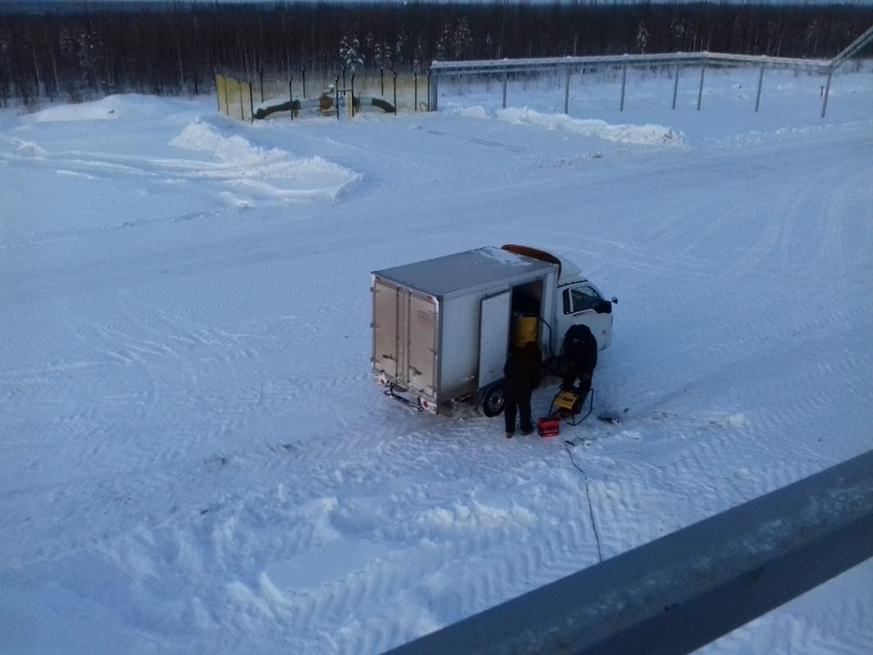
December 1, all nine active sites connected to the network, and a week later the installation of the last station was completed.

In total, in the harsh climatic conditions of Siberia, we installed 20 sites - and in just 15 days.
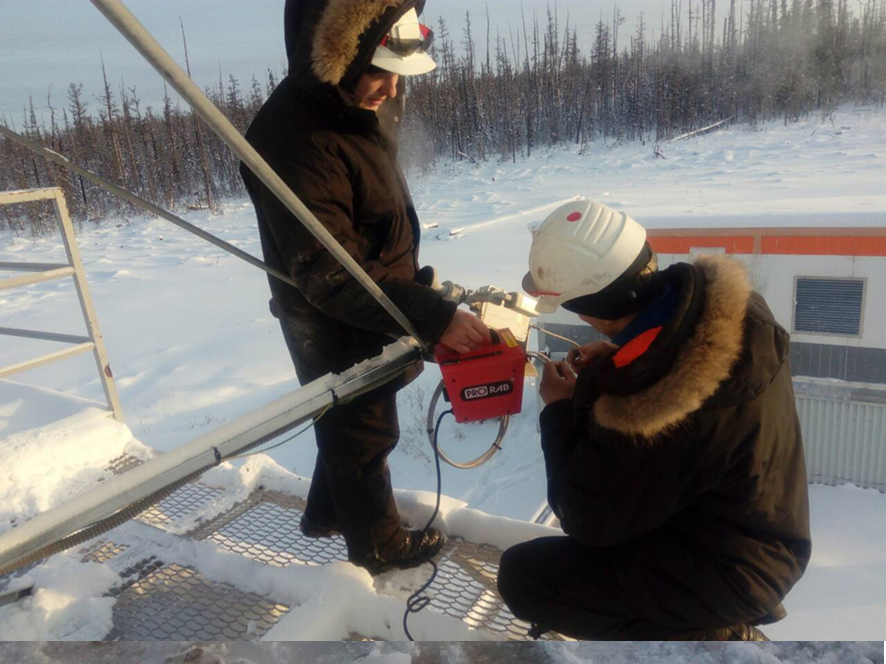
The project confirmed that if you are not afraid to take responsibility, help colleagues and partners and be able to adapt to difficult conditions, the results will be worthy.
Project number 2. Work in Nakhodka
The essence of the project
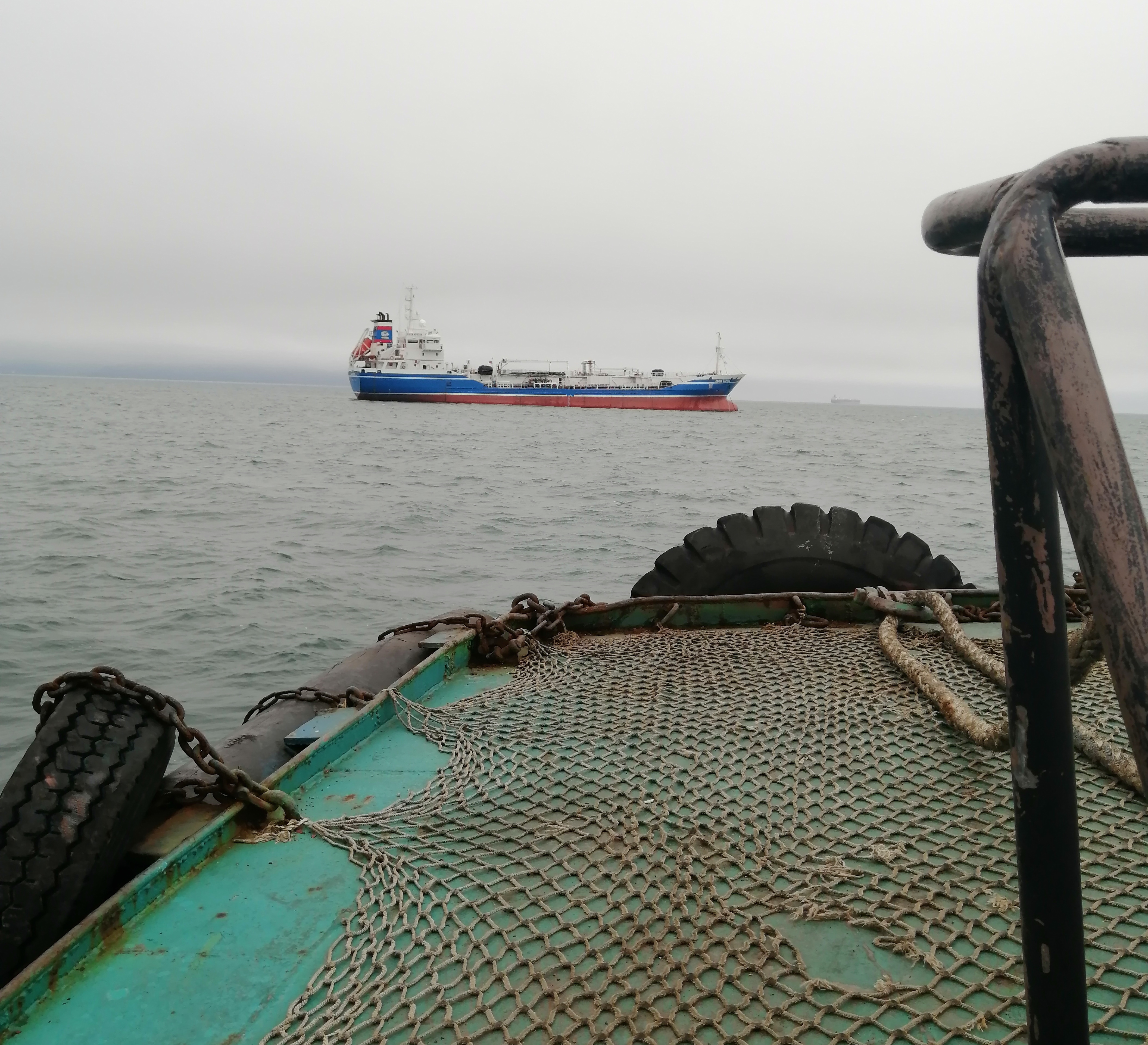
Another project in difficult conditions was implemented in the port of Nakhodka. The task is to install satellite communication equipment on a bunkering vessel during its stay in the port. The project was implemented, firstly, in conditions of strong sea waves (we are talking about the Sea of Japan), and secondly, in conditions of quarantine.
In just 2 days we needed:
- Find out what difficulties may arise in the course of solving project tasks due to quarantine.
- Deliver the equipment of the Korean company KNS at a distance of about 200 km.
- Install this hardware.
- Leave Nakhodka under quarantine conditions.
The request for the installation of equipment was received on May 7, and already on May 10 the project had to be handed over. On May 8, Nakhodka was closed for entry and exit due to quarantine, but, fortunately, the engineers had all the documents necessary to carry out the work.
How we did it
The implementation of the project fell on a period with the most stringent conditions of quarantine associated with COVID-19. Then there were very strict bans on movement between regions.
The closest city to Nakhodka, where the necessary equipment and specialists who could install it were located, was Vladivostok. Therefore, it was not entirely clear whether it would be possible to deliver the equipment and send engineers to install it in the port.
To clarify the situation, we carefully studied the decree of the governor of the Primorsky Territory, clarified the details by number 112. Then we prepared the documentation and provided it to the engineers. Thanks to this, the specialists reached the client without any problems.
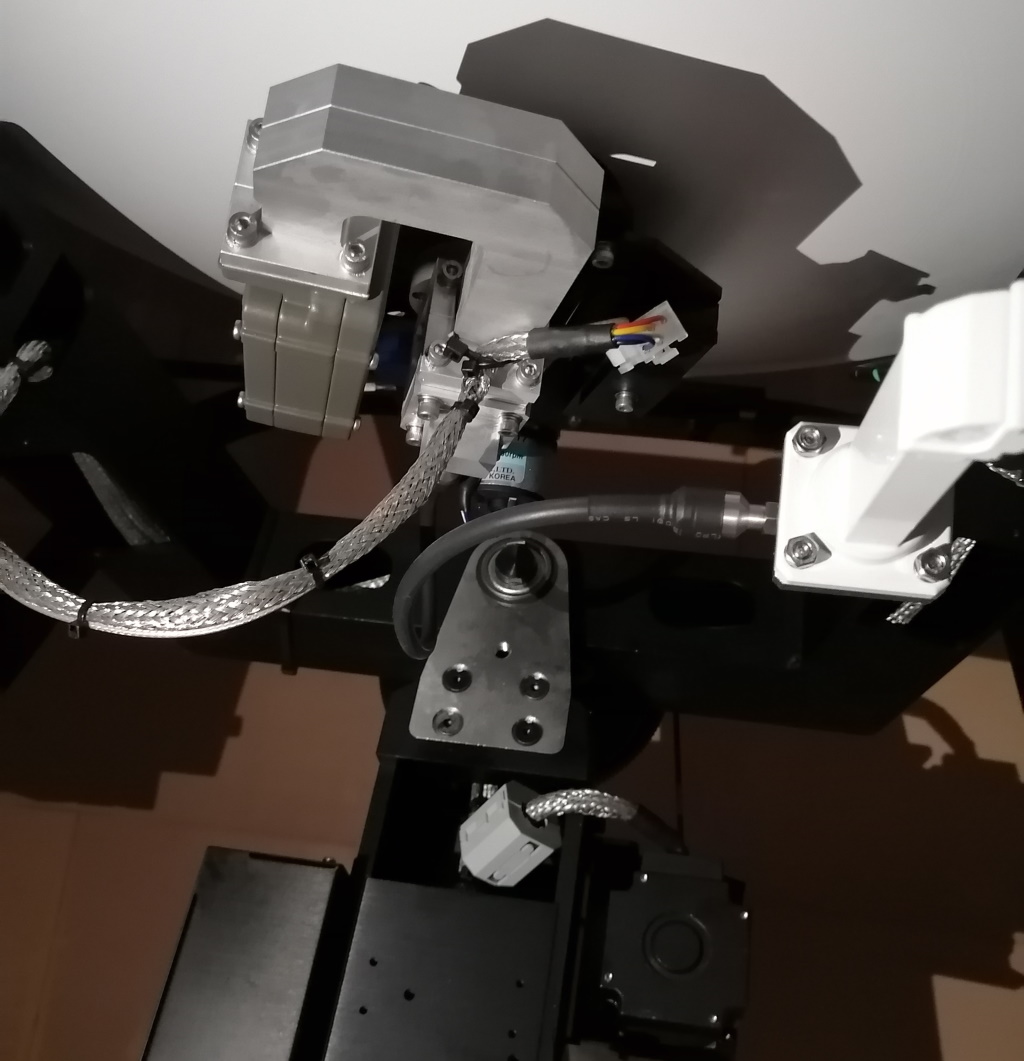
The installation itself did not cause any particular problems, although it was carried out in conditions of strong rolling at sea, plus the installation of a part of the antenna system was carried out under the light of a lantern, although usually the assembly of such equipment is carried out at the factory.
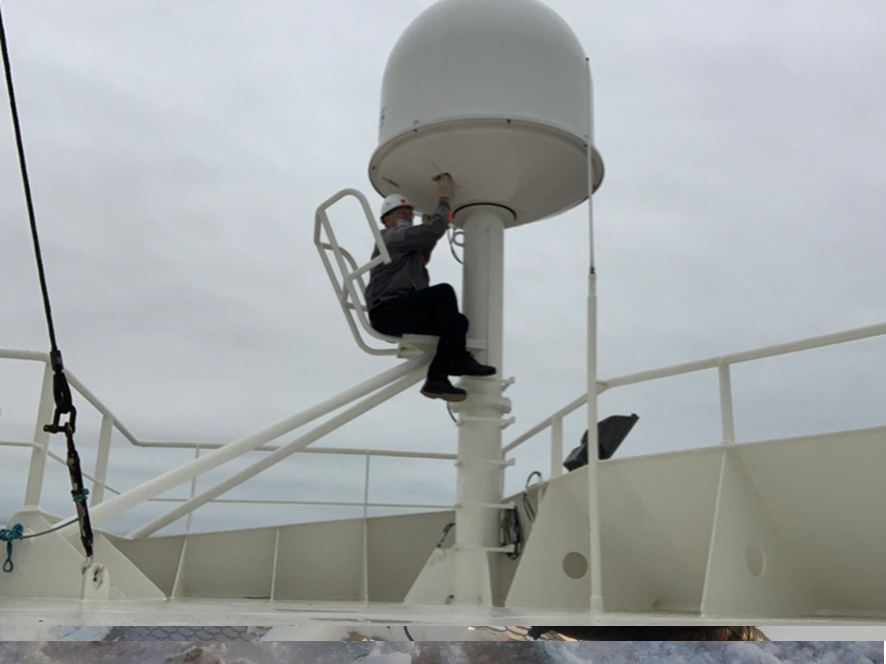
The work was completed on time, since it was carried out day and night, in an enhanced mode. The station was successfully put into operation, the ship received all the necessary services - Internet, WiFi and voice communication.
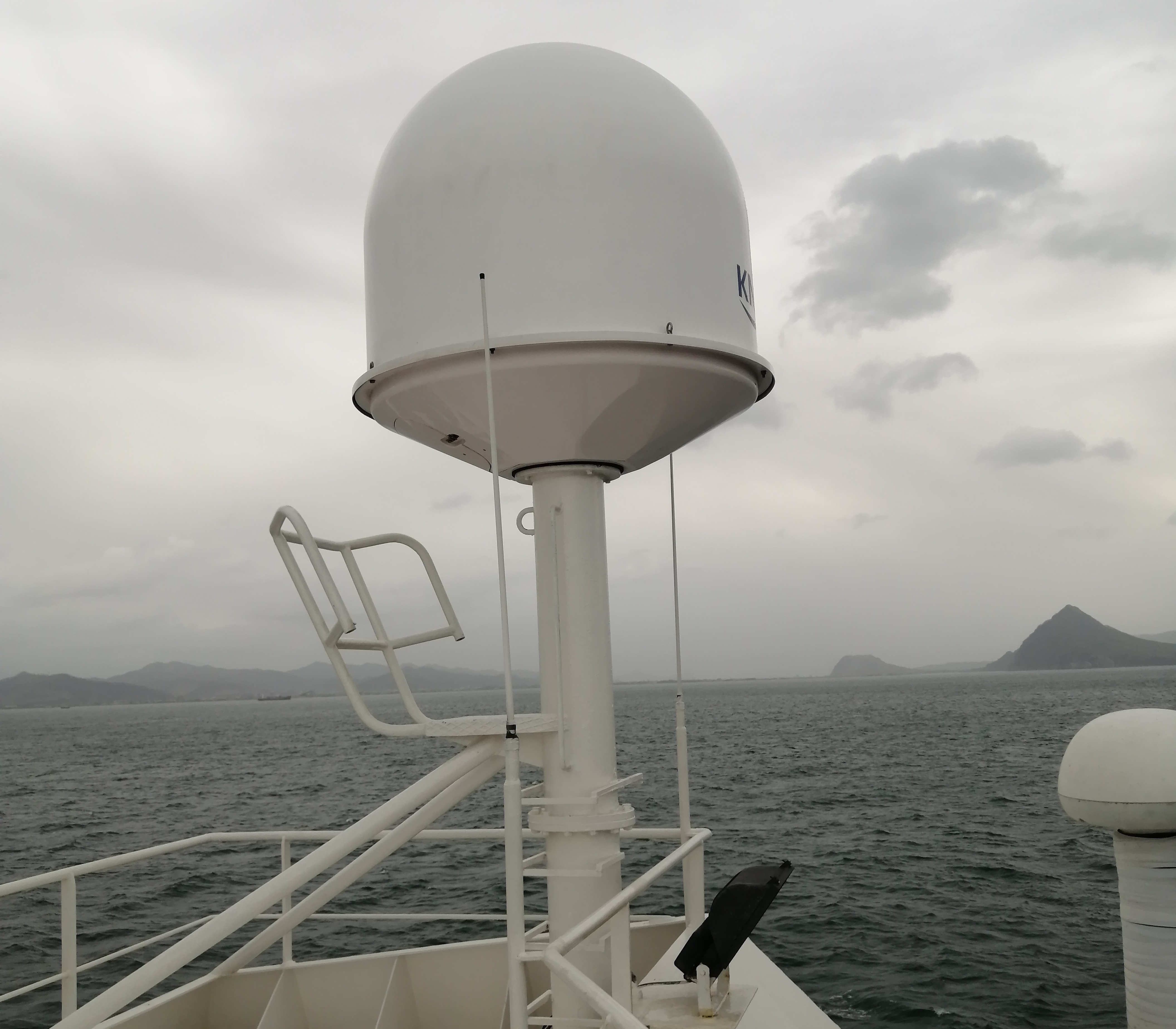
Upon completion of the project, engineers almost fell into a "quarantine trap." The crew of the ship on which the equipment was mounted was subject to two weeks of self-isolation. Our engineers were accidentally put on the "quarantine list", and they were almost isolated too. But the mistake was corrected in time.

Well, when the engineers were leaving, the sea was very stormy, so the boat that was picking up the employees ran into a wooden ladder and broke it off. I had to jump, choosing the moment when the wave lifts the side of the boat, so that the distance between it and the rest of the ladder is minimal. This moment is also remembered.
Upon completion of the project, we analyzed the results and made a couple of important conclusions. Firstly, it is better to keep factory warehouses closer to customers so that in difficult moments, like quarantine, the process does not stop and partners are not let down. Secondly, the company began to look for specialists in the field who could help in the implementation of projects in case, due to quarantine, full-time employees cannot get to the right place. Situations like this are not ruled out in the future, so it is necessary to provide options for solving such problems.
The general conclusion for the two projects is quite logical. Customers need results, no one will take into account unforeseen circumstances, unless, of course, this is a force majeure prescribed in the contract. This means:
- To implement such projects, engineers are needed who are not only well-versed in their business, but also capable of working in extreme conditions.
- A team is required that is able to coherently and quickly solve unexpected problems.